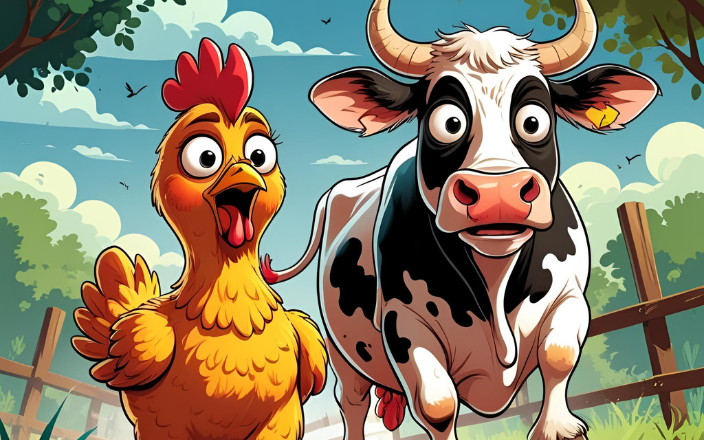Avian Influenza A (H5N1), once primarily a concern for poultry, has undergone significant mutations that have expanded its host range and increased its threat to the livestock sector. The emergence of the clade 2.3.4.4b variant has marked a turning point, allowing the virus to breach species barriers and infect mammals, including dairy cattle.
- Historically, cattle were not considered susceptible to Influenza A viruses.
- However, recent outbreaks in the United States have challenged this assumption.
- Since early 2024, H5N1 has spread across multiple states, infecting hundreds of dairy herds and causing symptoms such as fever, reduced appetite, and a sharp decline in milk production.
- The virus replicates predominantly in the mammary glands, leading to high viral loads in raw milk and raising concerns about food safety and zoonotic transmission.
One of the most alarming developments is the virus’s ability to transmit from cow to cow via contaminated milking equipment, and from cattle to other animals such as cats and poultry. Infected cats have shown severe neurological symptoms and respiratory distress, often resulting in death. Human infections have also been reported among dairy farm workers, marking the first documented mammal-to-human transmission of H5N1.
The virus’s mutation rate, particularly the PB2 E627K mutation, enhances its replication in mammals and increases its virulence. These adaptations complicate containment efforts, as traditional biosecurity measures are often insufficient. The resurgence of raw milk consumption further exacerbates the risk, with studies showing that unpasteurized milk from infected cows can cause systemic infections in animal models.
- Efforts to control the spread include enhanced testing, financial incentives for biosecurity upgrades, and the implementation of a One Health approach that integrates human, animal, and environmental health strategies.
- However, gaps in testing infrastructure and inconsistent surveillance hinder timely detection and response.
The possibility of H5N1 becoming endemic in cattle poses a long-term threat. If the virus continues to circulate and evolve within livestock populations, it could serve as a reservoir for future outbreaks and potentially adapt to human-to-human transmission.
In conclusion, the mutation of Avian Influenza A into forms capable of infecting livestock and humans underscores the urgent need for coordinated global action. Strengthening surveillance, investing in research, and promoting cross-sector collaboration are essential to prevent the next pandemic from emerging in our farms.
Sources: Available upon request

